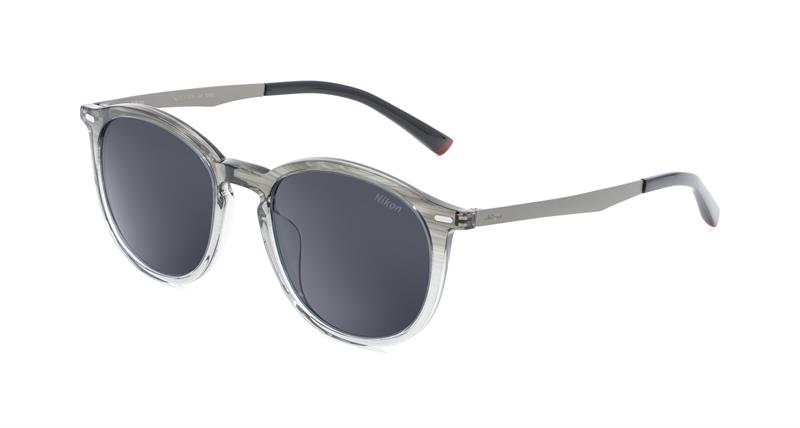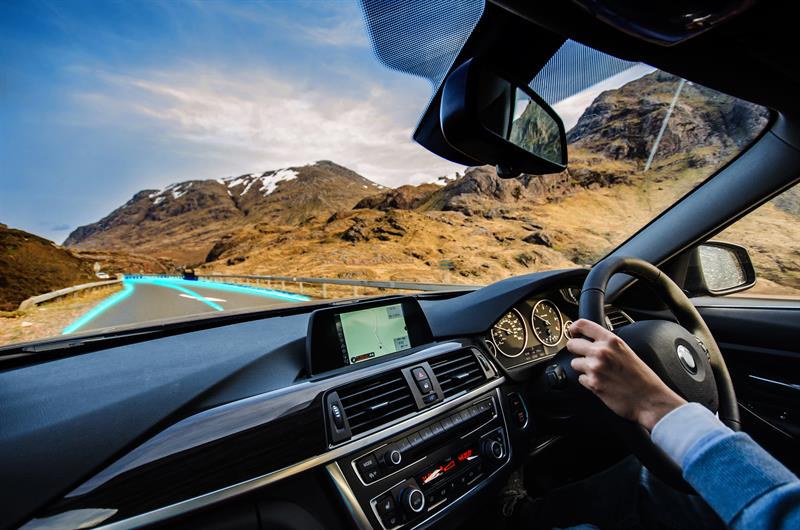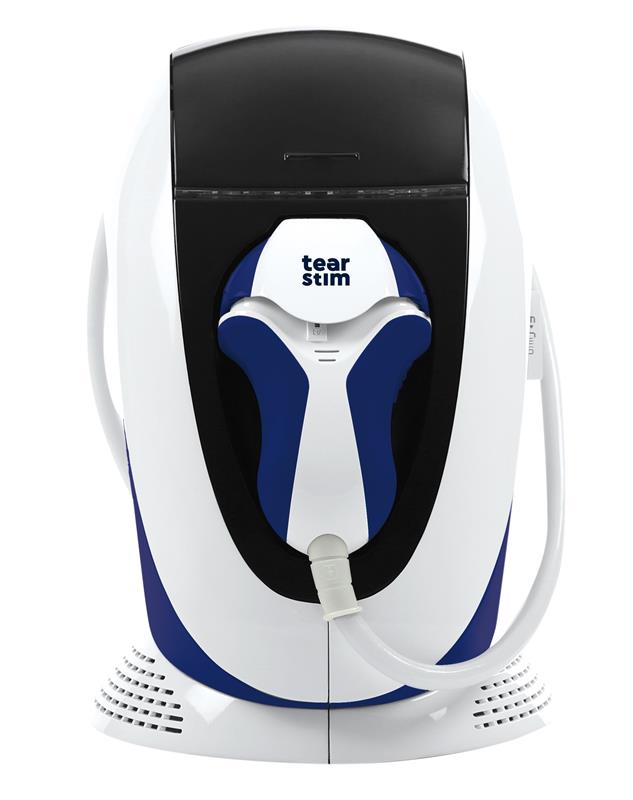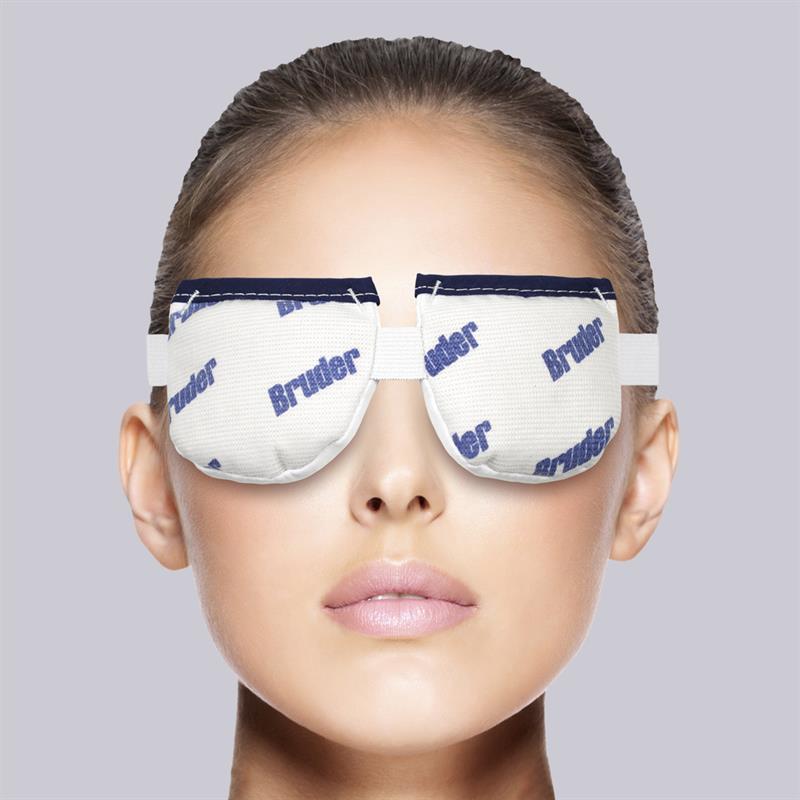
Now in its seventh year, 100% Optical returned to Excel London at the start of 2020 with plenty of new companies and products to assist optical practices in the year ahead.
Transitions made its latest Signature Gen 8 photochromic lens available to the UK market on January 3 so the company was the first stop for many visitors at the trade show.
‘The thing with photochromics is that you can make an innovation in one area, but it might mean compromises somewhere else,’ said Carly Rocyn-Jones, Transitions category manager at Essilor. ‘Wearers were very happy with the previous Signature 7 generation going really dark, as dark as their sunglasses. So the challenge here was to protect that while reducing the fade back speed. With Gen 8 we have actually managed to make the product go slightly darker still but also hugely reduced fade back speed.’
An on-stand demonstration of Gen 8 in comparison to the previous version was undeniably impressive. Rocyn-Jones explained how this considerable advance was possible.
‘Every few years we have a breakthrough in either the matrix in which the dye sits or within the dye itself. Gen 8 is the first time since Transitions 5 [launched in 2005] that we’ve made a breakthrough in both the matrix and dyes. This latest matrix is built with little pockets that allow the dyes to move more freely, meanwhile the dyes themselves are more agile so they move quicker. These two advances together have given us this amazing breakthrough.’
Rocyn-Jones highlighted the time reduced in eliminating the final bit of residue tint and new colours as key to unlocking new demographics for photochromics.
‘The last bit of residue tint has been a sticking point for some potential wearers for many years. It is situation dependant – popping outside briefly is very different to sunbathing for hours – but with Gen 8 we have made a 35% reduction from eight minutes to five minutes. Signature Gen 8 is available in four style colours [sapphire, emerald, amethyst and amber] and the three iconic colours [brown, grey and graphite green]. We feel that really opens it up to younger wearers because, for those few minutes still spent in mid-tint, the lens is still a nice colour.’
To support practices, Transitions are in the process of building a consulting team that will cover the UK and Ireland.
‘Their role will be to train ECPs to think about how frames look with clear and tinted lenses,’ said Rocyn-Jones. ‘To think about how we get clear lens wearers to take that first step into photochromics and we have some change of behaviour training using patient profiles that we can do in practice to help. We want ECPs to offer patients solutions rather than a hard sell.’
Hit the road
Rodenstock made a strong impact with a large motorhome style vehicle on its stand. This will be taking the company’s BIG (Biometric Intelligent Glasses) Vision on tour around the UK in the coming months.
‘The bus is equipped with the DNEye Scanner Pro, which came out last year, in order to measure patients’ high aberrations and drive business to practices,’ said Paul Yaxley, lens manager at Rodenstock UK. ‘We are booking practices to visit, and we will bring it to the town centre, having advertised it beforehand, and see patients. It generates a lot of interest and we will tell the people who are scanned that there is an optical practice in this town that will use these measurements to create specific lenses for you that will, if relevant, give them clearer vision. Then we give the patient a voucher to take along to that practice. It’s a great opportunity to gain new patients.’
The system is underpinned by a huge data archive, which allows for a superior and more accurate biometric eye model.
‘The DNEye transfers the information gathered to the Winfit, ordering system and it adjusts the patients prescription to incorporate it and from there the lens design will be adjusted as well,’ says Yaxley. ‘The efficiency of the system hinges on the algorithm, which was 20 years in the making. We collect the data from all around Europe, which allows us to recreate the biometric eye model rather than the standard eye model. So even if you don’t have the DNEye scanner yourself we can still use this to your patients benefit.’
Staying on lens related companies, Nikon used the show as a launchpad for its Building Your Vision programme. Underpinned by three key values (Business Network, the Nikon Difference and Frictionless Service), the programme aims to deliver value to independent practices. In 2020 the Business Network strand will build on the success of Nikon UK’s conference from November last year with a series of two day social media workshops featuring digital expert Andrew Davis.
Meanwhile, Nikon presented its Chromalis frame collection at 100%, models of which feature a photochromic front that changes from clear indoors to an anthracite colour when exposed to sunlight. Looking ahead to summer, Nikon also presented eight new sunglass models, which are available with Polashade polarised lenses.
 Nikon Chromalis
Nikon Chromalis
Aberdeen lab Caledonian Optical brought its new Zone Drive and HDSV Drive progressive and single vision lenses to London.
‘The lens design we use in Zone Drive is Inmotion from Indizen Optical Technologies (IOT),’ said Mark Robertson, head of manufacturing at Caledonian Optical. ‘This design is available to all independent labs. Having the design is only part of the development so different products can be created from it.’
Robertson explained that Zone Drive features a night myopia zone that is inherent to the Inmotion design but that the manufacturing process makes it a unique product.
‘We looked at different options on how to manufacture the lenses and opted to use a specialised semi-finished lens blank that had a blue blocker embedded in the monomer to help reduce glare from headlights, rather than go for a blue blocker coating. We found this performed better while driving at night.’
With the actual coating, we chose our Intero AR to come standard with Zone Drive. The back surface has a low UV reflectance anti-reflection coating. This helped reduce glare caused by headlight from vehicles following behind. All of these elements combined to create Zone Drive and HDSV Drive.’
Demonstrations of the product on stand were highly impressive and Caledonian’s customer feedback to date has been similarly strong.
‘We have not had such wow factor positive feedback from customers on a new product since the ARC Steady varifocal, so we are really excited by these new lenses,’ said Robertson.
 Zone Drive from Caledonian Optical
Zone Drive from Caledonian Optical
Optimum Coatings, which is based across two sites in Morecambe and Blackpool, was promoting its services with particular emphasis on speciality prescription lenses at 100%. Visitors to the stand were invited to guess the prescription of a high-powered lens for the chance to win £1,000 worth of lenses from the company.
‘We can do really high-powered 20, 25 cylinders, minus 40s,’ said Mark Marland, sales director at Optimum. ‘We do a lot of freeform prism control progressives, and our pitch to the market is that whatever the prescription we have a solution to it. That’s our real key. We also supply coatings in hard, anti-reflection and mirror alongside lens tinting.’
Marland was also keen to highlight a new lens called Optiform Drive, also based on the Inmotion design from IOT.
‘We’ve got a new driving lens which is a slim design for driving that also comes with a night safe coating. It offers people a night myopia zone to help reduce fatigue and stress when driving. It’s available in single vision and progressive versions and both have the night vision zone that helps compensate the refractive error difference that occurs between night and day.’
Dry eye matters
Essilor is distributing a high-tech solution to meibomian gland dysfunction (MGD) related dry eye syndrome with TearStim from ESW Vision.
‘This is a device for the management of evaporative dry eye syndrome targeting meibomian gland dysfunction,’ said instruments sales manager Emily Mascall. ‘It was officially launched last year but this is the first time we are showcasing it. TearStim utilises Intense Regulated Light (IRPL) technology, which is still pretty new to the UK. The unit emits a high intensity light pulse which you flash 10 times onto the patients skin on the cheekbones and temples through a protective gel. It doesn’t go close to the eye itself and patients also wear protective shell
goggles. The flash simulates the parasympathetic nerve and that in turn simulates the meibomian glands, helping them to produce and regenerate again.
‘For patients to start recognising the effects they need to have three sessions on days one, 15 and 45,’ continued Mascall. ‘For 62% of people the positive effects after the third treatment will last up to three years, although some people may need a yearly booster.’
With rates of MGD increasing among the young against a backdrop of an ageing UK society, the market for the product seems established.

Essilor TearStim
‘The TearStim is for independents looking to provide a bespoke service, said Mascall. ‘Practitioners with lots of dry eye patients can really benefit. When purchasing the device you get consent forms and two consumable packs with bottles of gel, cleaning spray, and the cartridge – everything you need. More packs can be bought when required. It’s a good idea to use the device in conjunction with a system that can monitor and show the improvement to patients over time; something capable of photographing the meibomian gland or measuring lipid layer.’
American company Bruder used 100% as a conduit into the UK dry eye market.
‘This is our flagship product that we are introducing to the UK,’ said Bennett Bruder, systems analyst at Bruder. ‘It’s our moist heat eye compress, the number one doctor recommended mask in North America. You microwave it for 20 seconds and then wear it for eight to 10 minutes. As it heats up, it draws moisture from the atmosphere so there is no need to add water. That water is then released as moist heat to your meibomian glands which liquefies the oil in the glands. This mixes with your tears to form a healthy tear film, promote a healthy cornea surface and alleviate your dry eye symptoms, MGD or blepharitis.’
The company is offering the mask as part of an all-in-one hygiene kit, with lid wipes and a solution to kill bacteria on the lid margin.
 Bruder moist heat eye compress
Bruder moist heat eye compress
Among the busiest stands at Excel was Visufarma.
‘We’ve been at full pelt from the minute we opened really, in fact we are running out of promotional materials and it is only Sunday afternoon,’ said Jo Day, commercial UK sales manager at Visufarma. ‘We have a new product, VisuXL Gel, that is available in the UK from February 10. Basically, it is a gel that gives you comfort through day and night. We’ve got a new bottle mechanism as well that is very easy to use. It is liquid in the bottle and turns into a gel when it goes into the eye. It is preservative-free and can be used with contact lenses.’
Day says this will be the only gel on the UK market with ingredients coenzyme Q10, poloxamer 407 10 and crosslinked carbonxymethyl cellulose (CMC). ‘CoQ10 is an natural antioxidant that has been shown to protect the eye and promote corneal healing, reduces apoptosis and helps restore a healthy ocular surface. The cross linked CMC increases viscosity while Poloxamer 407 functions as a thermo-gelling agent.’
Novel ingredients
Ocufolin, a supplement to help patients with age-related macular degeneration or diabetic retinopathy, was promoted at 100% with a two-for-one offer. First launched in other European countries two years ago but now making inroads into the UK, the product contains L-methylfolate calcium, the active bioavailable form of folic acid, which supplies the retina with active folate.
‘This supplement is in the new category of food for special medical purposes, described as “evidence-based nutritional solutions for disease related malnutrition”,’ said Brigitte Bark Leuch, senior ophthalmology advisor at Ocufolin. ‘This means you get the product from the recommendation of a healthcare professional rather than in a chemist. This is important because you want to be sure only patients that really benefit get the product. It’s quite a complex product to explain to patients but if you take 10 or 15 minutes to do so, you can really make a difference to their ocular health and also gain a continuous revenue stream.’
Contact lens company Johnson & Johnson was positioned adjacent to the AOP Lounge in order to better support the CET sessions for locums that the company was running there. Meanwhile, on stand, the company promoted two recent product launches.
‘We are still in the early phases of Acuvue Oasys with Transitions so we are trying to ensure everybody knows about that and knows the benefits to a patient,’ said Rachel Hiscox, professional education and development manager, UK & Ireland, Johnson & Johnson Vision Care. ‘The lens is designed to make our patients feel comfortable over the course of the day from inside to outside. The lens can benefit patients by improving their experiences while using digital devices. It also improves their experiences when driving at night because it reduces starbursts and haloes.’
The company also launched multi-purpose disinfecting solution Acuvue RevitaLens relatively recently.
‘This product has been rebranded as part of the Acuvue family and features the kill rate of a hydrogen peroxide solution but in a multi-purpose solution,’ commented Hiscox.
Brightening up the trade show floor was a new collaboration between the refillable lens cleaner system Glasklar and frames company Kirk & Kirk. Under the agreement, Glasklar’s UK distributor Positive Impact will supply Kirk & Kirk with the Glasklar lens cleaner in a choice of its 12 colours to match the company’s colourful frames, enabling its independent stockists to gift the sprays to patients in a colour matching their frame purchase.
Positive Impact’s managing director, Maxine Green, said: ‘Like Glasklar, Kirk & Kirk champions authenticity, creativity, style and quality. Kirk & Kirk’s unique, distinctive acrylic material in colours that are often imitated but impossible to duplicate, are just like Glasklar. Using Glasklar natural cleaning product will keep the Kirk & Kirk colours vibrant and fresh, with the lenses in optimal condition too.’ •
